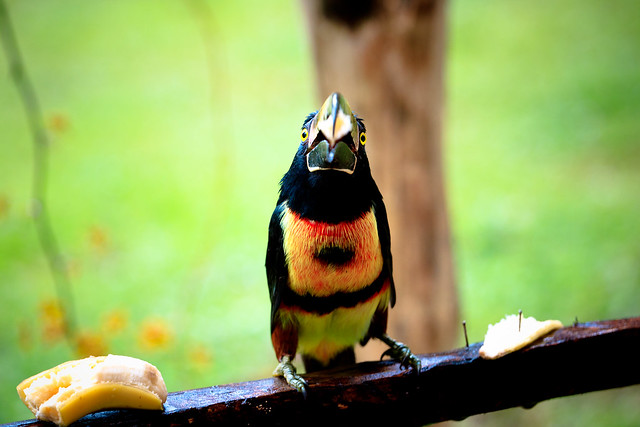 |
| A pair of House Sparrows (Photo credit: Wikipedia) |
House sparrows are native to Europe and Asia but have colonized throughout the world and in the US they are known as English Sparrows to distinguish them from native species. They are now the most widely distributed bird on the planet and in the RSPB's 2008 Big Garden Bird Watch they were the most counted British garden bird.
In the 18th century, many parishes in Britain had "sparrow clubs" set up to destroy as many sparrows as possible because of their destruction to crops. Bounties continued to be paid until the 19th century when it was realized that the culling was not working.
Unfortunately, House Sparrows are now struggling to survive along with many other common British birds and have declined in numbers so much that they have been put on the IUCN Red List of threatened species. It is thought that the lack of food and suitable nest sites is contributing to the decline.
In the 1950s the UK sparrow population was estimated at 9.5 million which increased to 12 million in the 1970s. The numbers started to fall in the 1990s and the population is estimated to stand at about 6 million now.
The male sparrow has a grey crown and nape, edged with dark brown on the sides of the head and a distinctive black bib. The larger the male's bib, the better he is at attracting a mate. The upper plumage is flecked with brown, buffs and greys.
Female sparrows are much duller with tawny upperparts and a cream-colored stripe above the eye.
Sparrows are mainly seen in urban areas and near arable farms. A flock of sparrows will often draw attention to themselves by their noisy, squabbling behavior particularly when fighting for food. They are most commonly seen in the south and east of the British Isles.
House sparrows breed between April and August preferring to nest in colonies of 10 to 20 pairs. They like to nest in holes and under roof tiles or if there is a shortage of holes then they will build a nest in a thick hedge. They lay up to 6 eggs which incubate for about 12 days. Sparrows can raise 3 or 4 broods during one breeding season.
Sparrows will naturally feed on insects during the summer and grain during the winter although they will eat most kinds of foods provided by humans like bread, grated cheese, fat and specially formulated seed mixes.
To help reverse the decline of House Sparrows you could provide them with sparrow flats - special nest boxes that allow them to breed in colonies.
|














